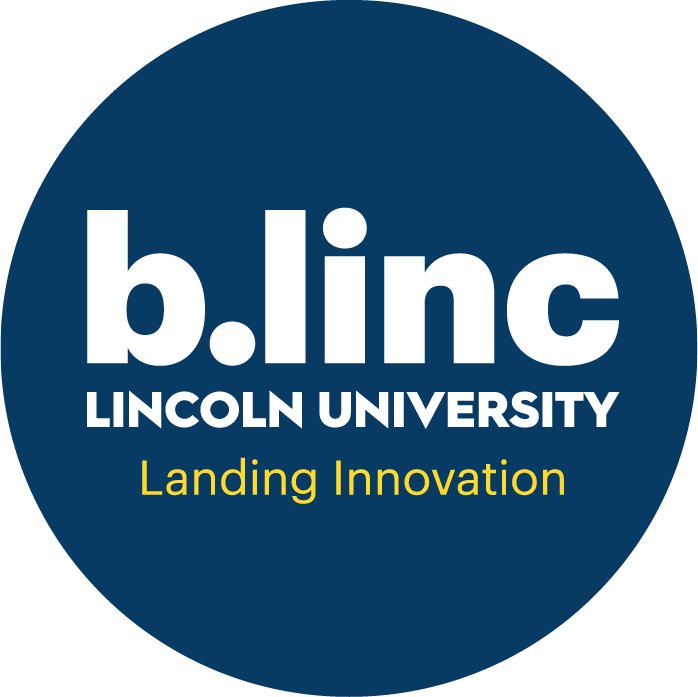What will you be eating in 5 years?
Deciding what to eat tonight is challenging for many of us – thinking about what we’ll be eating next week, next month, or in 5 years is even more difficult, but one we can’t afford to quickly brush off. We may feel that it is irrelevant to think that far ahead, or such a question belongs in the “too hard” basket, but the reality is we have a lot more control than we think.
Modern consumers, especially millennials, are widely known to be thinking globally and highly rating the importance of sustainability, preferring to buy and support local products with a low footprint. Their preferences are driven by feelings and choices, whether it is that they feel physically better being “free from” certain foods or are confident to pay a premium to purchase a product that is more aligned with their personal values. Consumers want to know where their food comes from and with the promise of blockchain technology to provide tracking from farm to plate, it looks like it will only be getting easier.
How do we navigate these changing consumer preferences as food producers?
What does it mean for our land use? Land use in 5, 10 15 years? How will the landscape have evolved in this time?
How will consumers interact with new technology and data outputs? How will preferences be affected?
During Blinc Innovation Hub’s “Creating a Sustainable Farming Future” seminar series at The New Zealand Agricultural Show, Steve Anderson (CEO, Foodstuffs SI), pointed out that reintroducing a plastic bag ban in-stores in 2019 was what customers were asking for—but something that was rejected by those same customers in 2012. Though this example is not directly related to food preferences, we’ve seen food trends change just as quickly, as consumers ditch the low-fat milk products and are now embracing full fat once again. Will consumers just as quickly give up beef for tofu or another alternative? Are they ready today? What will their preference be in 5 years as they continue to learn more?
As unlikely as the latter scenario may be, in my opinion, it does force us to consider what the impact of an increasing focus on sustainability, and demand for hyper-transparency, will mean for food production. What will the reality be of the impact of climate change and intensification of our farming systems? Will consumers be forced to change their consumption habits if prices change? How much would they have to change to have a significant impact? Peter Russell (GM Marketing, Alliance), also a panelist for the seminar series, spoke about Alliance’s brand transformation and the desire of consumers to build a strong connection to their food starting at the farm gate. Initiatives such as Beef + Lamb’s Taste Pure Nature NZ not only create these stories, but also add value to the supply chain.
Navigating these changing preferences and preparing for the future is challenging when we do not know what it is going to look like. As consumers, we vote every single day with the food we purchase – this data is captured and highly valued by food retailers that use it to drive future purchasing decisions. As food producers, we must keep a close eye on these consumers trends, the export value for the global market and how we can add value to products we are already producing as well as pick the emerging opportunities…not easy and why it is so important to find that time to get to workshops and events to learn, and relearn what is happening to drive changes.
About two years ago, I had the pleasure of trying cricket flour at The Food Show in Auckland. Although I will admit I am not ready to convert my protein intake fully to insects, I do know that I would look to incorporate different options into my “regular” menu if they were easily accessible (and affordable!) at my local retailers. A few years ago, we threw away the potato peels when using potatoes for chip manufacture. Now we know the skins are full of protein and highly valuable to create protein sources from. What else are we missing that we can extract value from, both for our own nutrition, but also for the economy?
What other sources of protein have you tried? Are you putting more plants, bursting with micronutrients, into your diet to enhance your wellness and nutrition? What is working and what is not? What are you eating now that you did not have in your diet 10 – 15 years ago? What could this be in 5 years? How have consumer trends impacted your decision-making on farm? Have consumer trends impacted your personal choices?
Subscribe to our mailing list to stay updated about the latest trends, news and events relating to alternative proteins and consumer preferences. Leave a comment below or join the conversation on Twitter.
